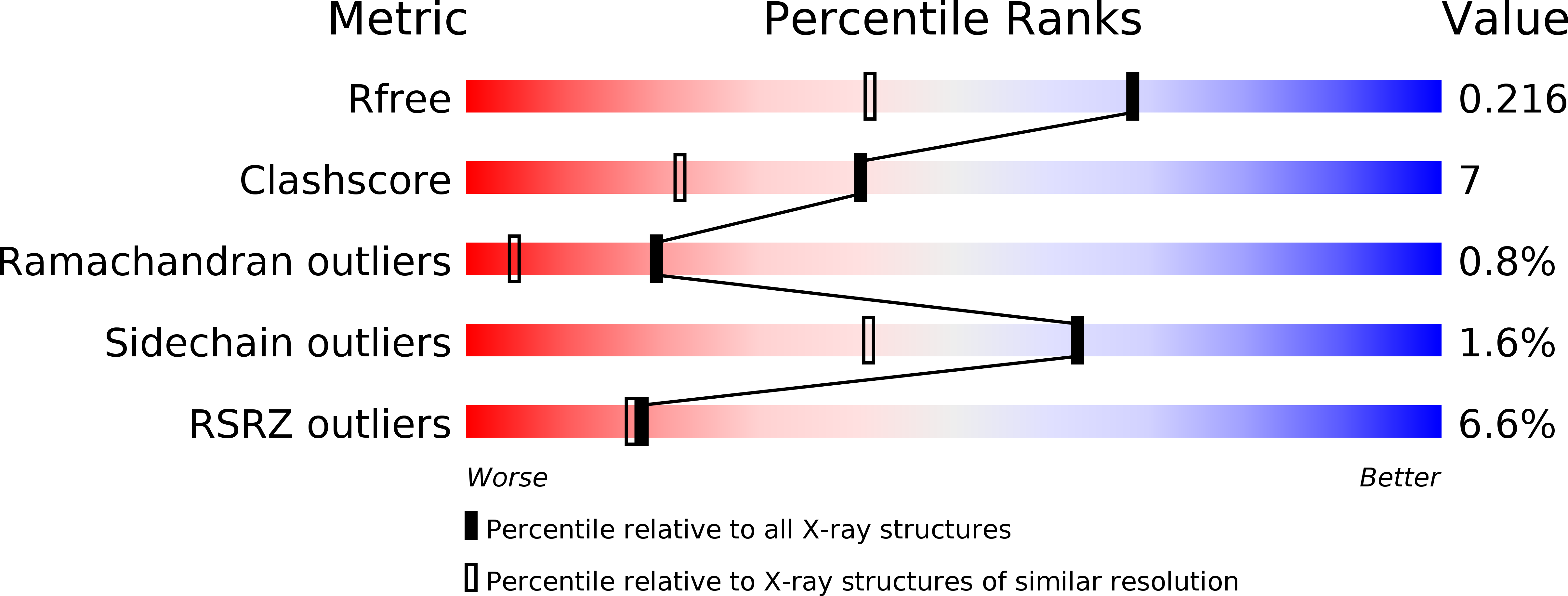
Deposition Date
2004-10-14
Release Date
2005-07-05
Last Version Date
2024-02-14
Entry Detail
PDB ID:
1XRF
Keywords:
Title:
The Crystal Structure of a Novel, Latent Dihydroorotase from Aquifex aeolicus at 1.7 A resolution
Biological Source:
Source Organism:
Aquifex aeolicus (Taxon ID: 63363)
Host Organism:
Method Details:
Experimental Method:
Resolution:
1.65 Å
R-Value Free:
0.21
R-Value Work:
0.17
R-Value Observed:
0.17
Space Group:
C 2 2 21


